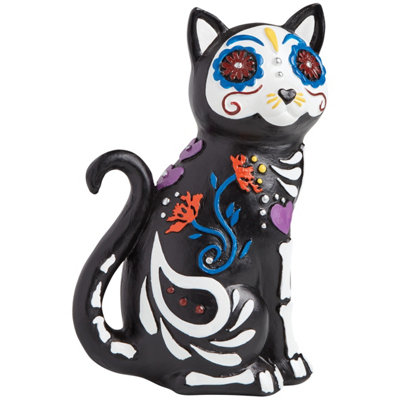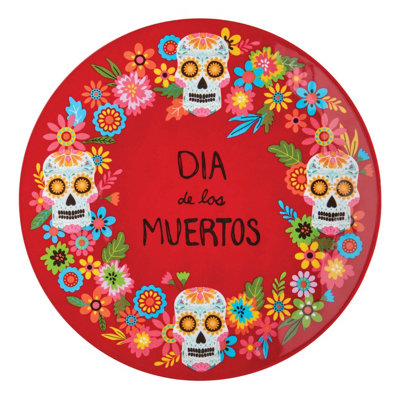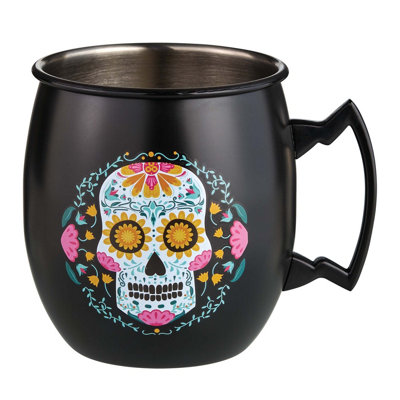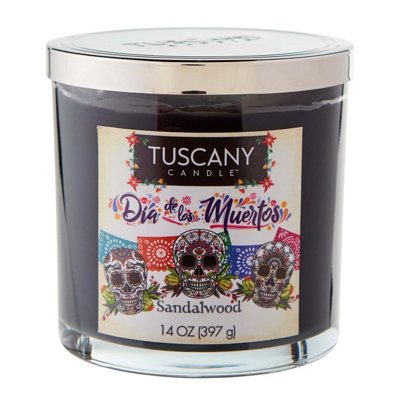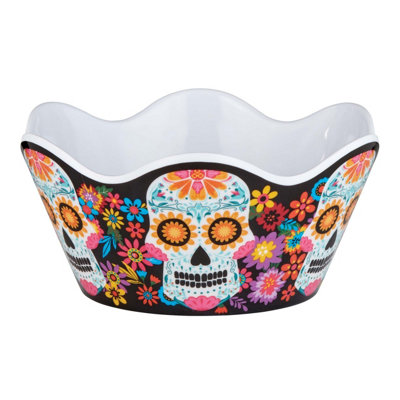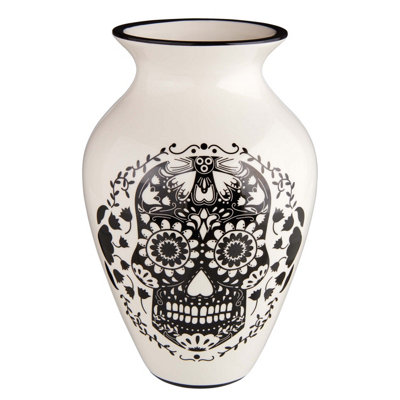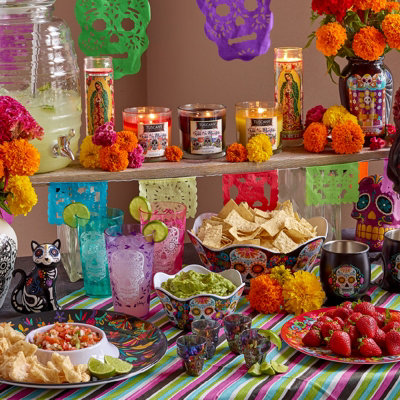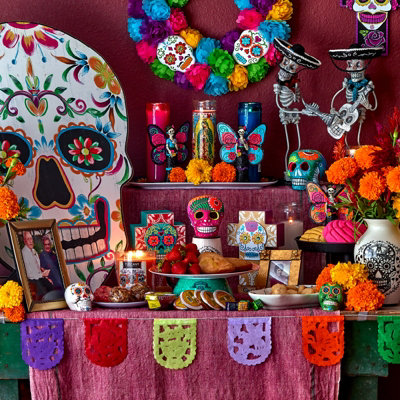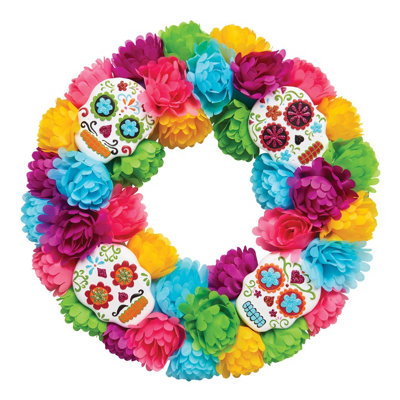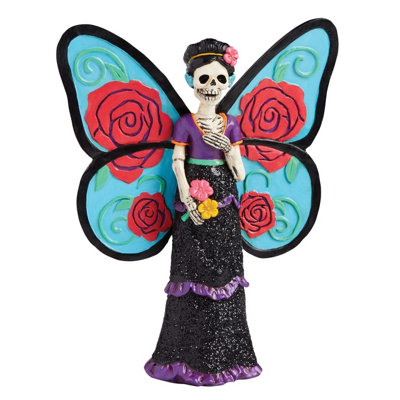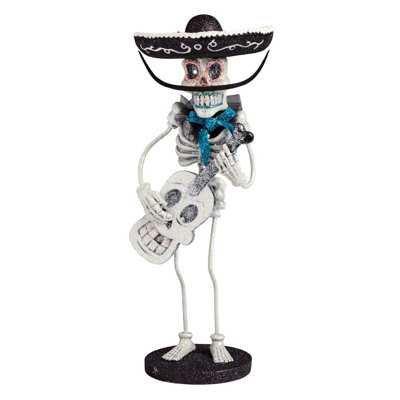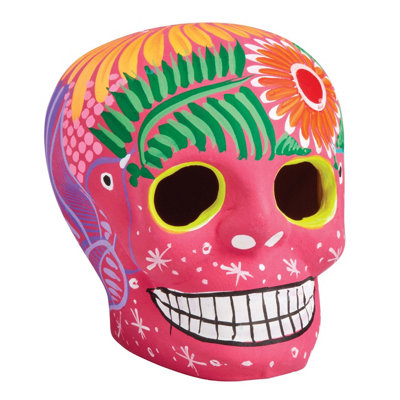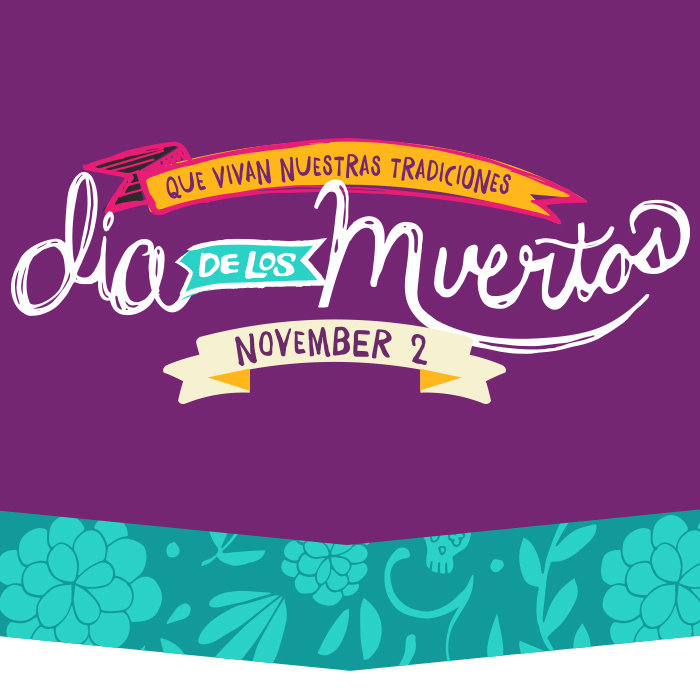
Bring Day of the Dead to Life
Infuse your home with the authentic and inspired Day of the Dead décor available exclusively at H-E-B.
What is Día de los Muertos?
Día de los Muertos (Day of the Dead) is a unique tradition celebrated in Mexico to honor and remember loved ones who have passed away. On this day in Mexico, the streets near the cemeteries are decorated with papel picado, flowers, and candy calaveras (skeletons and skulls). Ofrendas (gifts/offerings) are made for loved ones and are displayed on colorful altares (altars).
Día de los Muertos is believed to be the one day per year that the souls of the departed visit the Earth to enjoy the food, drinks, and other forms of entertainment they most enjoyed while living. The celebration is not intended to be somber and while there is some solemnity, the celebration is filled with bright colors and music as a way to celebrate our mortality and the lives of those who have passed away.
Building Altares (Altars)
Altars are built in homes and other locations to commemorate Día de los Muertos and remember loved ones and friends who have passed away.
They are not shrines but instead are the centerpieces of celebrations, that can vary in size and decoration but traditionally they are three-tiered to symbolize heaven, purgatory and Earth.
Altars display photos of loved ones along with ofrendas (offerings/gifts) that include favorite foods and drinks as well as other items enjoyed such as favorite books, hobbies, and articles of clothing.
They often include the cempoalxochitl (pronounced cem-pa-SU-chil) (marigolds), known as the flor de los muertos (flower of the dead), that are used to guide the deceased back home because of their bright color and aromatic fragrance.
Facts about the Tradition
- The celebration of Día de los Muertos can mistakenly be seen as a Mexican celebration of Halloween but despite being celebrated one day apart, the two celebrations are not related.
- Día de los Muertos traces its roots to the indigenous peoples of Mexico and is celebrated in the fall to coincide with the end of the agricultural cycle.
- The bone-like shapes on the pan de muerto (traditional bread baked during Día de los Muertos) represent the deceased one and there is normally a baked tear drop on the bread to represent goddess Chimalma’s tears for the living. The bones are arranged in a circle to represent the circle of life.
- During the celebration, calaveras (skulls) are painted on people’s faces in beautiful, ornate designs. You will always see calaveras portrayed in humorous and happy situations as they are designed to poke fun at mortality and death.
- The most recognized calavera is "La Calavera Catrina," created around 1910 by José Guadalupe Posada in an etching. She was created as a satirical image to mock Mexicans who imitated European styles of dress, accents, and mannerisms.
